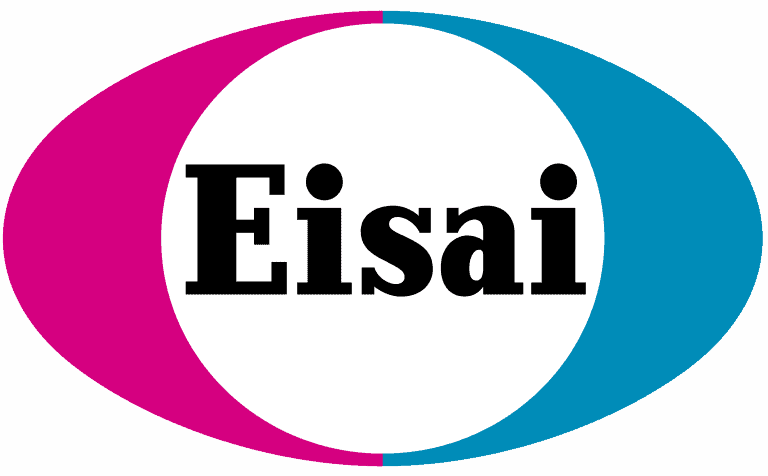Strategic Plan
The purpose of our 5-year strategic plan is to articulate the long‐range direction and priorities for DSF.
Planning for the future
2023-2028 DSF Strategic Plan
Much has changed in the field of Dravet syndrome since the inception of DSF in 2009. Our current 5-year strategic plan continues our previous work and articulates the long-range direction and priorities for DSF through 2028.
Our strategic plan is centered around four pillars:
- Improve Access & Quality of Care
- Support & Empower Constituents
- Accelerate Research
- Build & Strengthen Organization
The content for our new strategic plan was derived by examining the current Dravet syndrome landscape. We listened to a broad range of input from key stakeholders within our community regarding community priorities, emerging needs, and organizational strengths and vulnerabilities.
DSF Strategic Pillars
OBJECTIVE 1
Improve Access & Quality of Care
Through collaboration and communication with our research community, we can improve the timeline for better treatments and a cure. By supporting opportunities that allow for greater education of Dravet syndrome throughout the healthcare system, we can increase diagnosis and assure the best quality of care.
OBJECTIVE 2
Support & Empower Constituents
We will continue to support patients and families with disease education and advocacy needs through maintenance and expansion of patient resources, as well as family-to-family support.
OBJECTIVE 3
Accelerate Research
Our steadfast commitment to advancing Dravet syndrome research has helped expand our understanding of Dravet syndrome and enabled three new treatments, with several other clinical trials currently underway.
OBJECTIVE 4
Build & Strengthen Organization
Capacity building is an investment in the effectiveness and future sustainability of DSF, allowing us to deliver on our mission and enhancing our ability to have a positive impact on the Dravet syndrome community.





